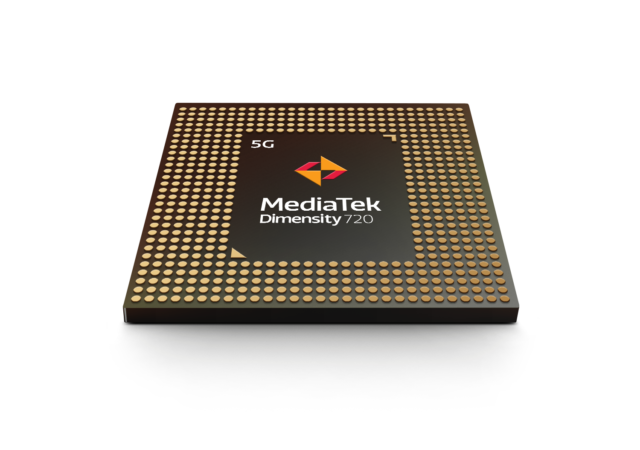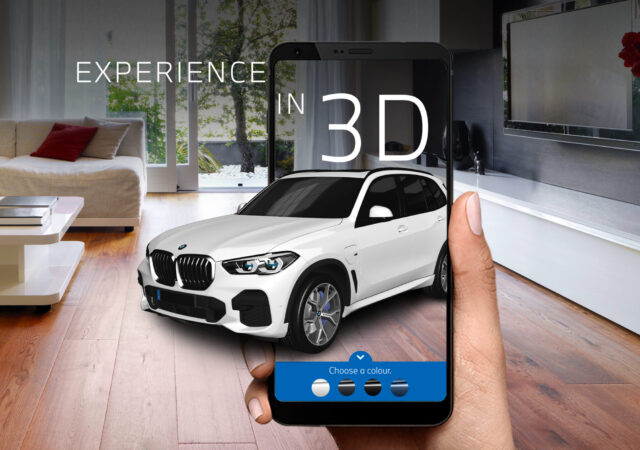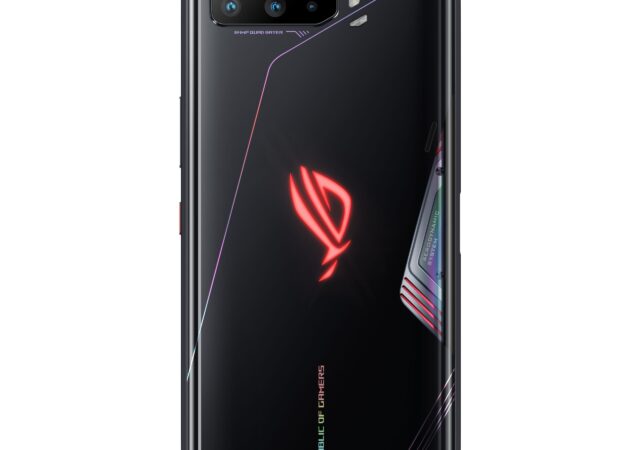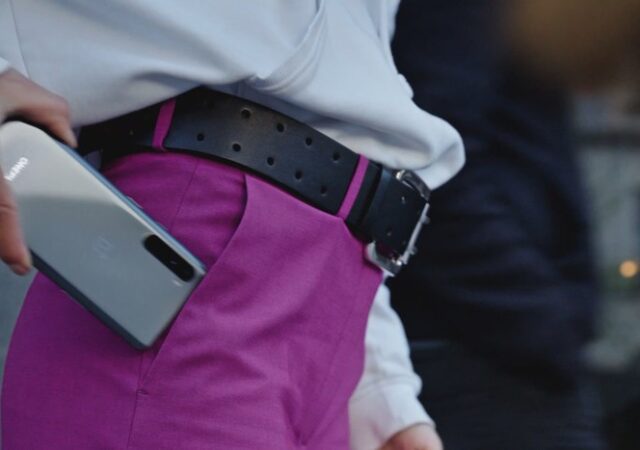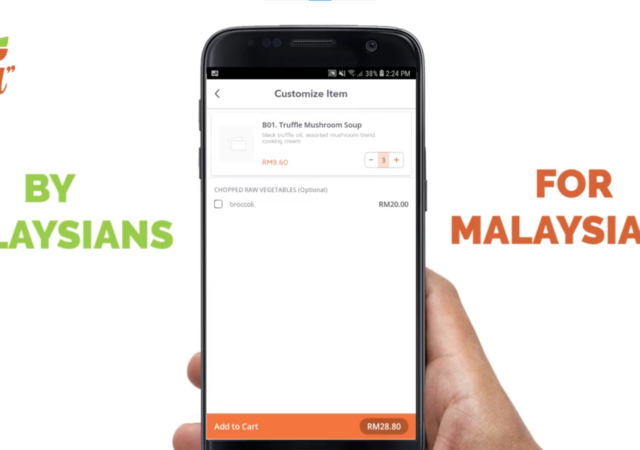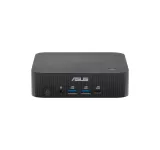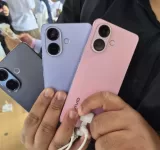MediaTek just announced their new Dimensity 720 SoC with 5G network capabilities for mid-range smartphones with 90Hz display support.
Now You can Have Your Own BMW X5 xDrive45e M Sport, Just Use Your Smartphone!
BMW just launched their new X5 with just under 400 hp on all wheels. The BMW X5 also launched with an AR app as a sort of virtual showroom.
ASUS ROG Phone 3 Launched – Third Time’s the Charm
ASUS Launched th ROG Phone 3 with Qualcomm Snapdragon 865+ SoC. The ROG Phone 3 is currently the most powerful gaming smartphone in the world.
Tech & Tonic Episode 19 – What Can We Expect from Samsung Galaxy Unpacked 2020?
Tech & Tonic’s episode 19 is packed with Samsung Unpacked news and expectations. The Samsung Galaxy Note20 is coming to town in August 2020.
[Video] Samsung Galaxy A71 Review
Our very own review of the latest and greatest in the Samsung Galaxy A Series line up. The one and only Samsung Galaxy A71
OnePlus Nord Will Be Coming to Malaysia, India and Europe – Here’s What You Need to Know
OnePlus is set to launch a new mid-range smartphone: the OnePlus Nord. The new power packed smartphone is set to debut on July 21, 2020. Here’s what you need to know.
Another E-Commerce Challenger Has Entered the Ring – Vettons Launches
Vettons is Malaysia’s latest e-commerce platform with a clever twist and 24-hours delivery.
Support Local Eateries with EatLokal
EatLokal launches in early access bringing local, neighbourhood restaurants closer to their patrons. The new food delivery service will make it more affordable for restaurants to get their food into their patrons tummies.
WhatsApp Dark Mode now Available on Web and Desktop app – Still not a Good Reason to Ghost People
WhatsApp introduces their highly successful Dark Mode from their iOS and Android app to their web and desktop app.



